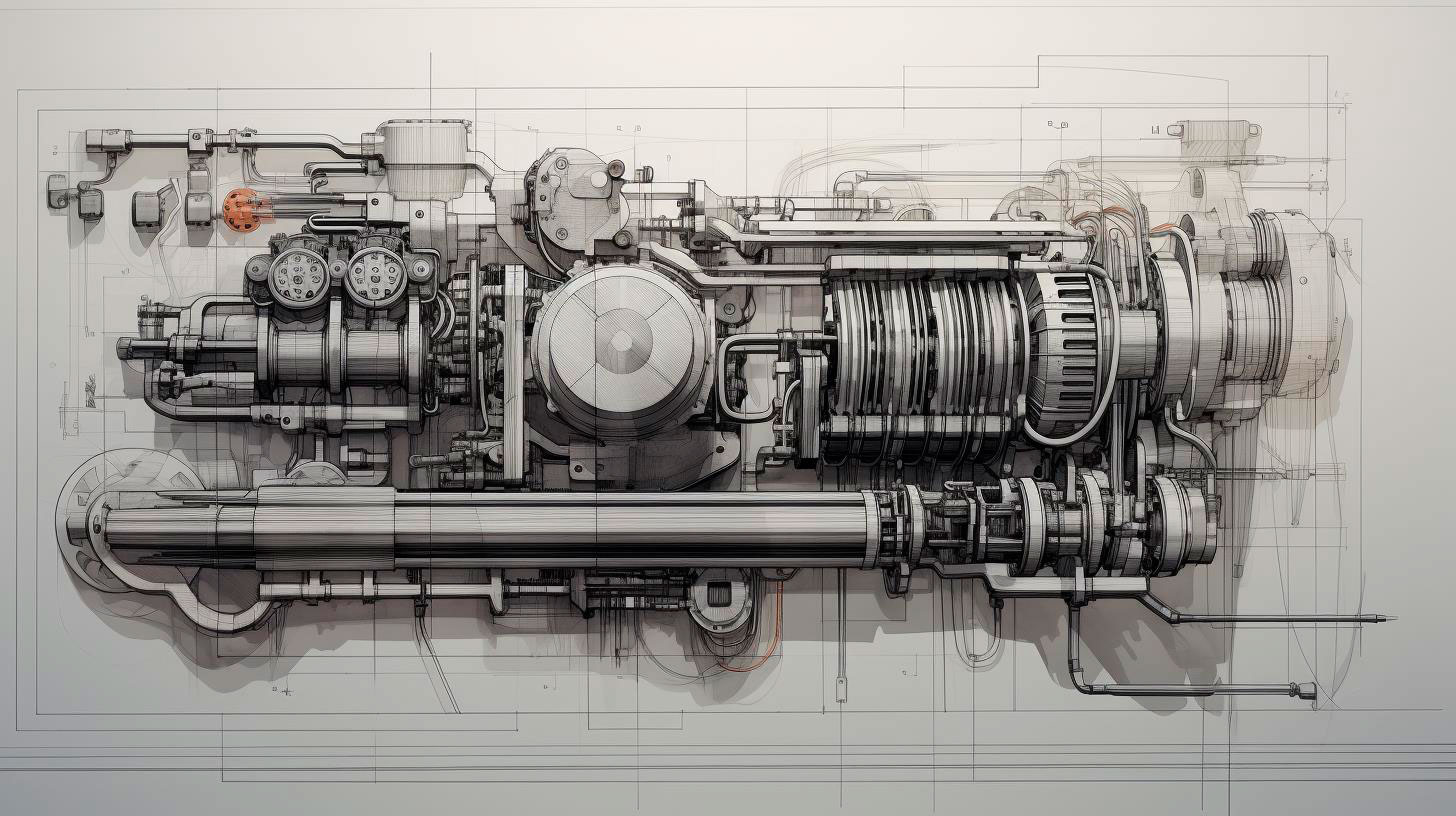The Power of Nuclear Energy
Nuclear energy is the process of harnessing the energy released from the splitting of atoms. This energy is then used to generate electricity through nuclear reactors. Unlike fossil fuels, nuclear power emits virtually no greenhouse gases during its operation. It is estimated that nuclear energy avoids the emission of over 5 billion metric tons of carbon dioxide each year, which is equivalent to removing about 500 million cars from the road.
- Efficient Energy Generation: Nuclear power plants can generate a significant amount of electricity from a small quantity of uranium, making it highly efficient.
- Continuous Power Supply: Nuclear reactors can provide a stable supply of electricity, unaffected by weather conditions or fluctuations in demand.
- Low Lifecycle Emissions: When considering the entire lifecycle of nuclear power, including uranium mining, construction, operation, and waste management, the emissions are significantly lower compared to fossil fuels.
Nuclear Energy and Renewable Sources
Renewable energy sources such as wind and solar power have gained popularity in recent years due to their ability to reduce carbon emissions. However, these sources have their limitations, including intermittent power generation and land use requirements.
Nuclear energy can complement renewable sources by providing a stable base load of electricity. This ensures a continuous supply of power, especially during periods of low renewable energy generation. The combination of nuclear and renewable energy can create a sustainable and reliable energy mix that reduces carbon emissions while meeting the increasing global energy demand.
Challenges and Solutions
Despite its advantages, nuclear energy also faces challenges that need to be addressed to maximize its positive impact on carbon footprint reduction:
- Nuclear Waste Management: The management and disposal of nuclear waste is a critical concern. However, advancements in technology and the implementation of safe storage solutions are addressing this issue.
- Cost and Safety: Building and operating nuclear power plants require substantial investments. However, stringent safety measures and regulations ensure the safe operation of these facilities.
- Public Perception: Public perception of nuclear energy can be negative due to concerns about accidents and radioactive waste. Educating the public about the benefits and addressing safety concerns can help overcome this challenge.
It is essential to focus on research and development in nuclear energy to address these challenges effectively. This will improve the safety, efficiency, and sustainability of nuclear power plants, further enhancing their contribution to reducing carbon emissions.
The Way Forward
Nuclear energy has the potential to play a significant role in reducing carbon footprints and combating climate change. By embracing nuclear power alongside renewable energy sources, we can create a diversified and sustainable energy portfolio that meets the world’s growing electricity needs.
It is crucial for governments to invest in nuclear energy research and development, promote nuclear safety, and establish proper waste management systems. By doing so, we can take advantage of the positive impact nuclear energy can have on reducing carbon footprints, preserving the environment, and securing a sustainable future for generations to come.
For more information on nuclear energy and its impact on carbon footprint reduction, visit the World Nuclear Association.
